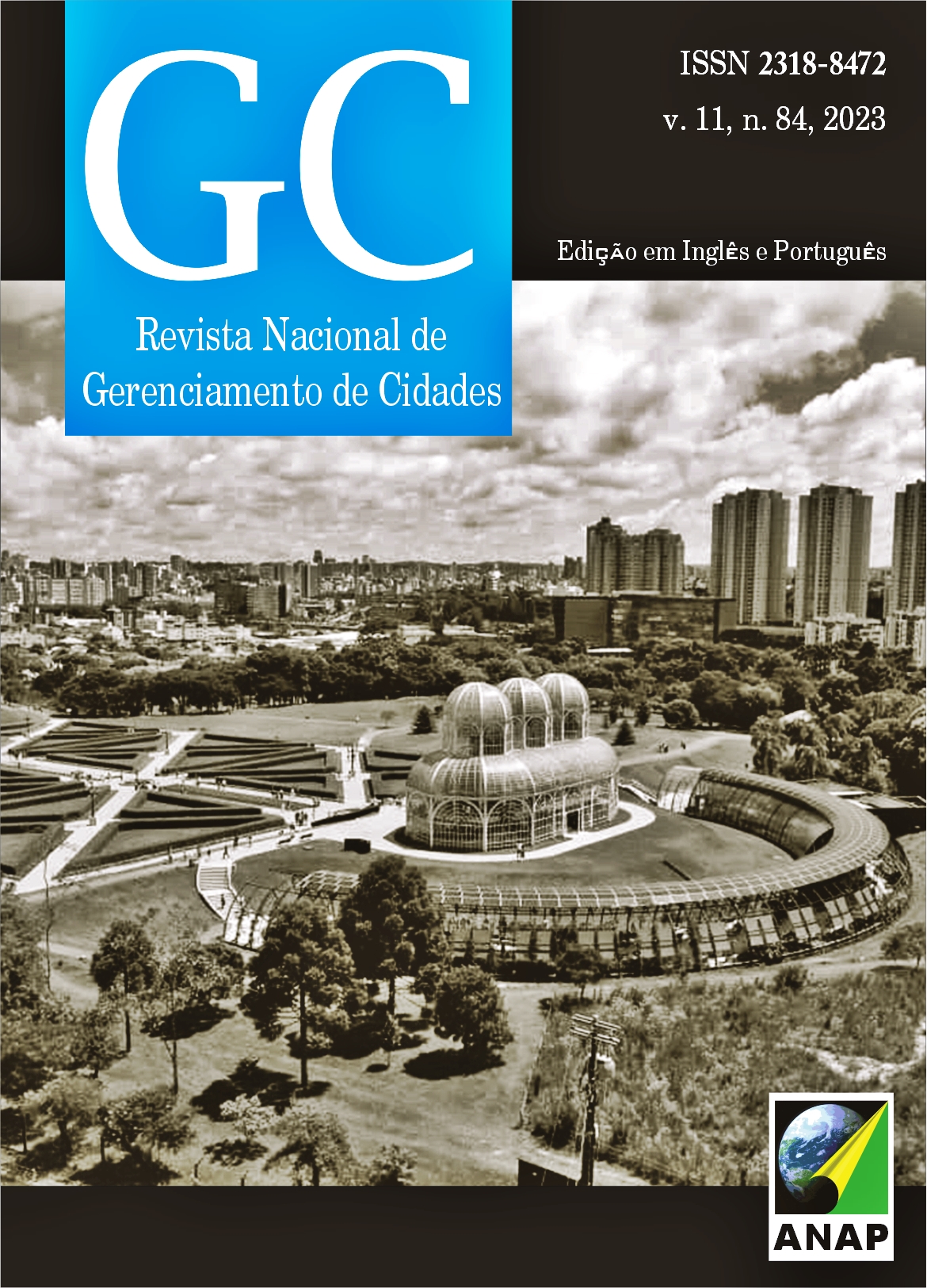Transport macro accessibility at the Metropolitan Region of São Paulo (MRSP)
DOI:
https://doi.org/10.17271/23188472118420234679Keywords:
GLM, Micro accessibility, Sustainable transport, São PauloAbstract
This study aims to analyze the macro accessibility of the Metropolitan Region of São Paulo (MRSP) in 2017. Based on data from the Metro Origin and Destination Survey (2017), a descriptive analysis was carried out and a Generalized Linear Model (GLM) was developed. The sample received treatment for the selection of trips departing from the residence and with territorial disaggregation levels that allow verifying the effect of centrality in the regional analysis of RMSP. The results show that the road transport infrastructure has vast territorial coverage, while rail transport infrastructure is concentrated in the center of RMSP. It was found that the closer to the center, the greater the use of individual transport and, the further away, the greater the use of public transport. Statistical modeling showed that Euclidean distance (4.3 min/km), the number of modes used in travel (8.1 min/mode), and the first mode chosen are statistically significant and relevant predictors (with bus having the longest average duration, followed by rail transport). Individual modes obtained the greatest advantage in macro accessibility since less time is used for vehicle access and less time for displacement after transport use (micro accessibility). Also, they do not depend on vehicle transfers and are faster during travel. It is concluded that investment in rail transport will allow better environmental conditions for captive users of public transport, with a decrease in micro accessibility time and a decrease in travel duration, with potential competition with individual modes.
Downloads
Published
Issue
Section
License

This work is licensed under a Creative Commons Attribution-NonCommercial-ShareAlike 4.0 International License.














